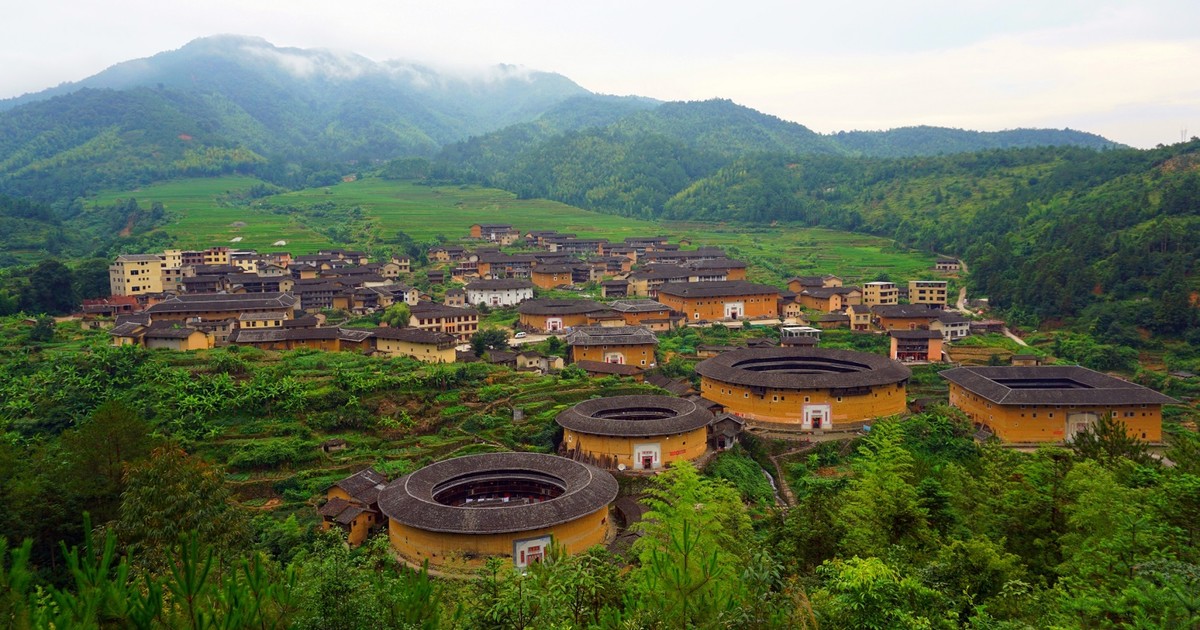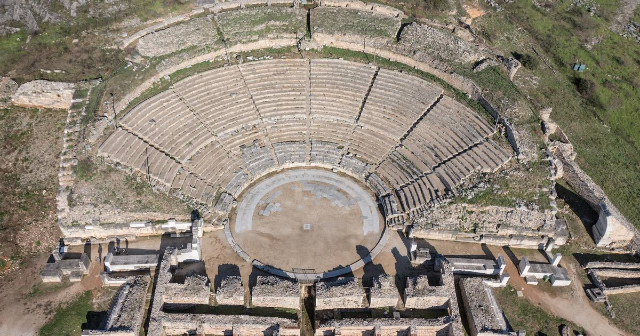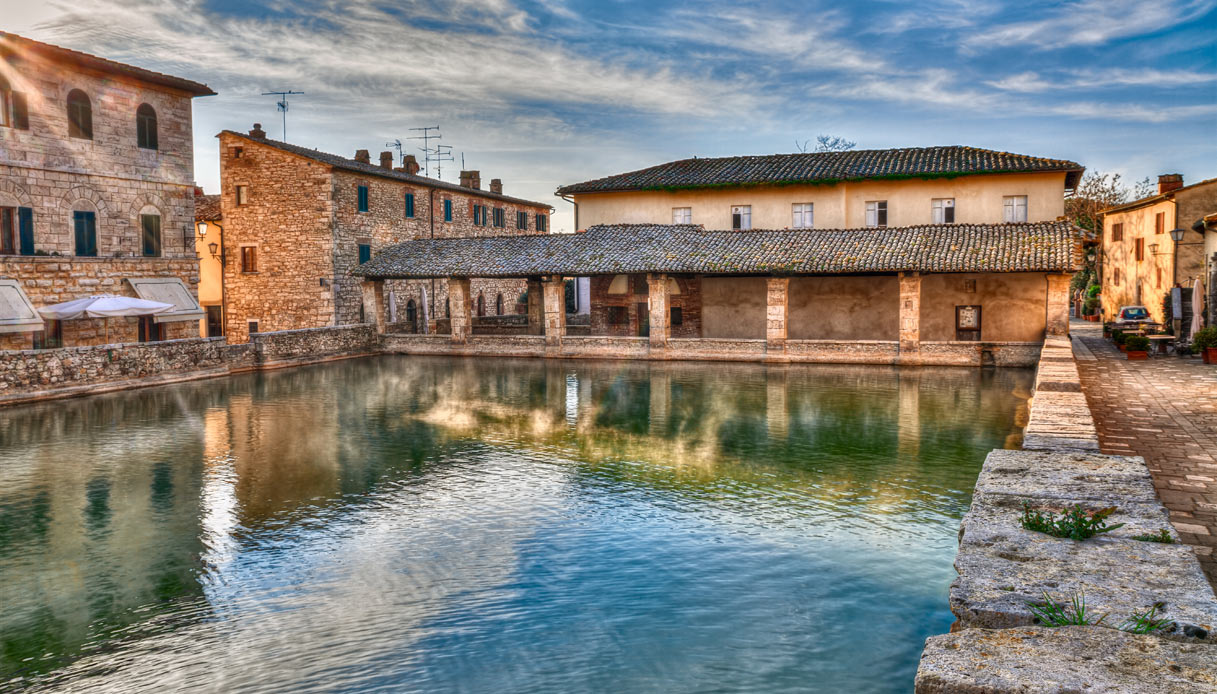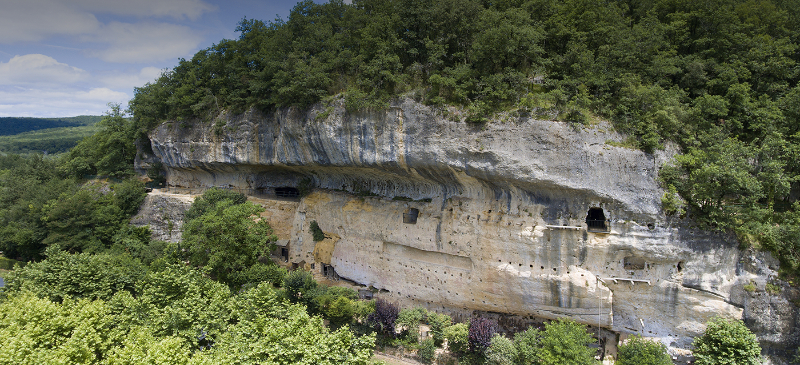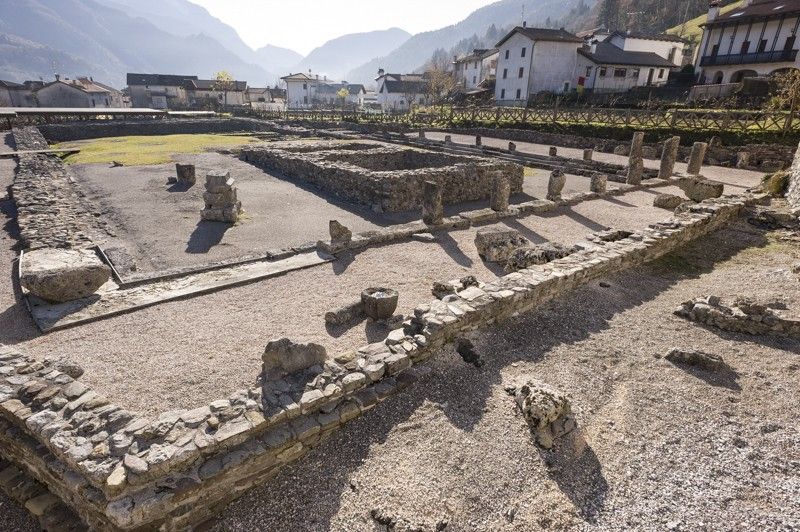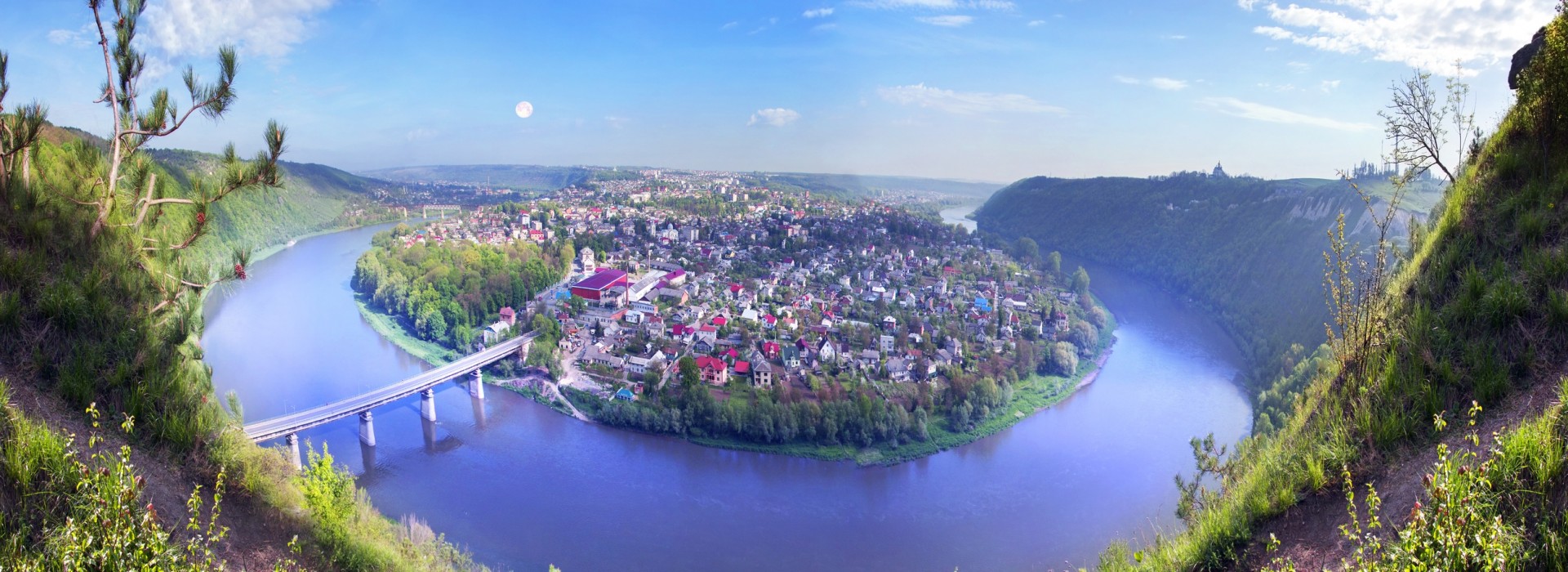Tucked into the mountains in Fujian are clusters of self-contained micro-villages. Shaped like little donuts and positioned closely together, the houses of the Hakka people are a perfect protection from the outside world. Chuxi Tulou Cluster is situated on the hillside, about 40km southeast of Yongding County and 230km southwest of Xiamen City. There are five circular Tulou buildings and over a dozen of rectangular in shape in Chuxi village. The Jiqinglou is typical of the Hakka earth buildings in Chuxi Tulou Cluster. Jiqinglou was built in 1419 during the reign of Emperor Yongle in Ming Dynasty. It stands on the south and faces the north.
Jiqinglou is composed of two concentric rings – outer ring and inner ring with four storeys. Normally one Hakka earth building has two or four staircases leading to the the upper floors. But Jiqinglou has 72 staircases dividing the Tulou building into 72 independent Units. Each unit has five rooms.
The second ring is a one-storey building. In the center of the second ring is the clan temple.
Some of the villages contained up to 80 families and were as large as 40,000 square meters. As perfectly defensible structures, many of the earthen buildings have survived throughout centuries, living through bandit attacks and earthquakes.
Climbing up to the sightseeing platform on the hillside north of Chuxi Village.
